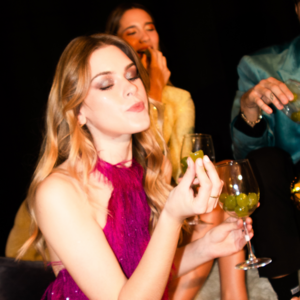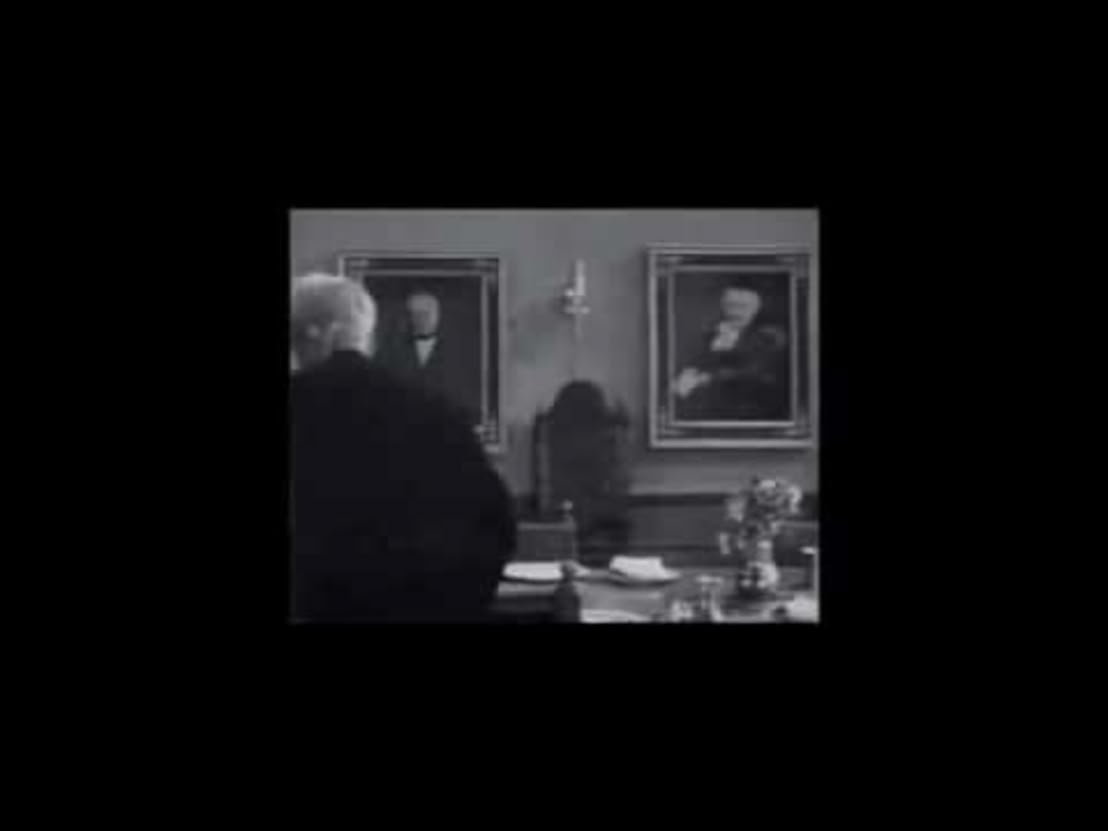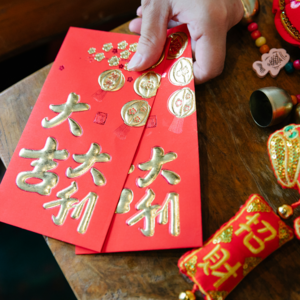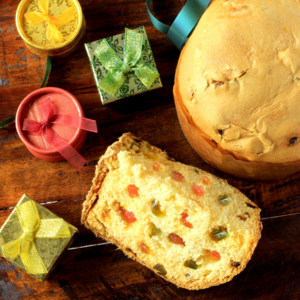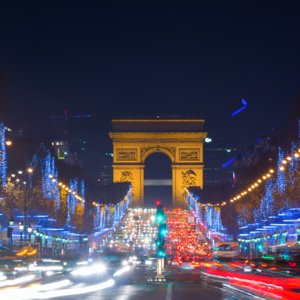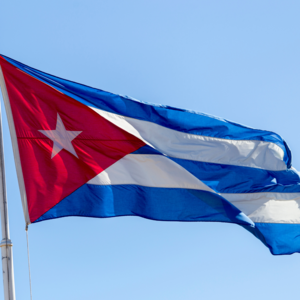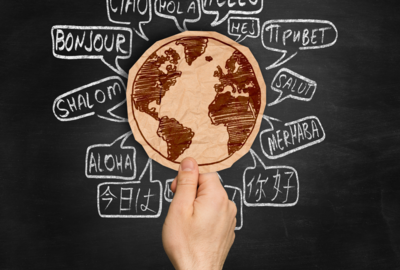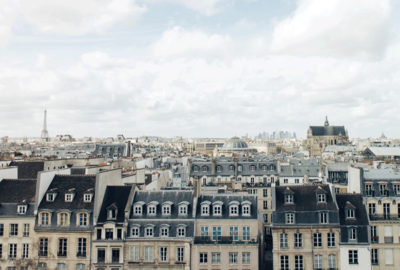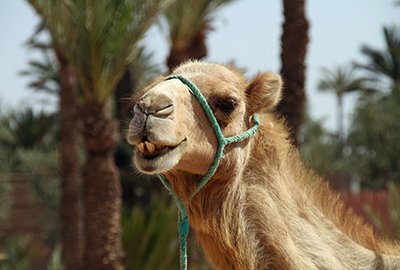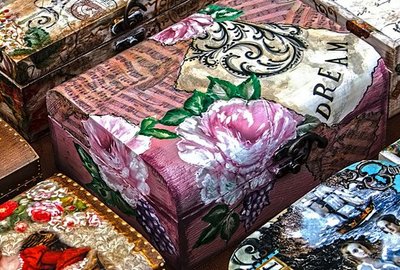
New Year's Eve traditions around the world Get ready to start the year with good luck!

Spain
Let's start our journey in Spain, where traditionally twelve grapes are eaten on New Year's Eve. If you want to start the year with good luck you should eat the grapes at the same time that the clock on the Puerta del Sol tower in Madrid chimes. Each grape represents a wish for the twelve months of the coming year, so if you want your wishes and resolutions to be fulfilled, you must eat them all before the chimes end.
But where does this peculiar custom come from? It is said that in 1909, there was a very good harvest of this fruit, so farmers had more grapes than they could eat and decided to sell them as "lucky grapes". Since then, the Spanish take the grapes to get abundance and fortune in the coming year.
Germany
Do you want to know what the coming New Year will bring? With this German tradition you can find out. In almost every store in Germany you can buy a "fortune-telling kit", which contains lead figurines. This tradition is known as "Bleigießen" and is celebrated with family or friends. A small piece of lead is placed in a spoon and held over a flame. Once the lead melts, the spoon is dipped in water. This hardens the lead into a new shape. The end result is interpreted to predict the future for the coming year. A list with the interpretation of the figures is included in the kit:
- Star: luck.
- Flower: new friendship.
- Ball: luck.
- Bottle: time of happiness.
- Goat: expectation of an inheritance.
- Heart: falling in love.
A recently emerging tradition that brings young and old together is to watch the comedy sketch "Dinner for One" together. This sketch, which was originally imported from Great Britain and lasts approximately twenty minutes, is about Miss Sophie's 90th birthday. Every year she invites her four friends to her birthday party. But there's a problem: Miss Sophie has outlived all her friends and only her butler James is there to toast with her. With each new course, the butler drinks to all of Miss Sophie's friends until he is exhausted. On New Year's Eve, the short film is shown several times a day on TV and is a popular tradition for many Germans. With Sprachcaffe you can celebrate the New Year in the heart of Germany, Frankfurt, and celebrate the New Year like the locals. Are you ready for a language trip?
China
Now we come to China, where New Year's Eve is celebrated in a quieter way, with family or friends. This is because the Chinese New Year Festival is celebrated a few weeks later, following the traditional lunar calendar. During this time, houses are decorated in red and gold, which is supposed to bring good luck.
This tradition has its origins in a legend that explained that a monster from Chinese mythology, called Nian, attacked the citizens at the beginning of the year, so, to protect themselves, they had to ward it off with lights and loud noises.
What better way to start the year than with a gift? To start the year with good luck, a red envelope with a small sum of money should be given as a gift. Today this tradition has evolved and, in addition to money, taco, fruits or tea are given as gifts. Children are usually given clothes, dolls and candies, and adults are given clothes and accessories.
Scotland
In Scotland, New Year's Day is called Hogmanay and is rooted in Scottish culture. One of the customs is "Saining", which in English means blessing of the house and livestock; holy water is drunk from a river ford that crosses for both the living and the dead. In addition, juniper branches are burned to fill the house with smoke, cleansing the house and warding off evil spirits. After this, all the windows and doors are opened to let the air in and start a new year.
Learn English on your Vacation
Make international contacts on your language study trip and quickly improve your English!
Malta
The small island state between Italy and Libya offers New Year's celebrations for all tastes: In Valletta, Malta's capital, large crowds gather in St. Georges Square and on Valletta Waterfront to admire the magnificent fireworks display that colors the sky.
If you prefer to start the new year more calmly, since Malta is mostly a Catholic country, you can attend the midnight mass, as churches all over the island offer special services to celebrate the new year.
Another tradition in Malta is the so-called "first-footing" in English. It describes the first person to cross the threshold of the house after midnight on New Year's Eve. This person is supposed to bring good luck for the new year. Ideally, the first-footer is a young, dark-haired man who often brings traditional gifts such as salt, bread and money. These symbolic offerings should represent abundance, food and prosperity for the household. Would you like to spend New Year's Eve in sunny weather and recharge your batteries for the New Year? Don't miss our magnificent campus and enjoy an unforgettable New Year's Eve.
Japan
In the next country, Japan, New Year's Eve (Omisoka) is one of the most important holidays of the year. The New Year's celebration comes from the religions of Shintoism and Buddhism. One thing that cannot go wrong in preparing for the New Year in Japan is to clean your homes, which is known as "Osoji". With this, the Japanese welcome good luck in the new year.
If you feel like starting the year with shopping, you can't miss the tradition of the annual "Year-End-Shopping". Many Japanese participate in this year-end shopping to purchase things for the celebrations, such as New Year's dishes and decorations. If food is your thing, enjoy the Japanese tradition of eating a noodle dish called "Toshikoshi Soba". Eating these noodles is said to symbolize longevity and the transition from one year to the next. Would you like to try them?
Italy
For Italians it is essential to spend New Year's Eve with family or friends. At the New Year's Eve dinner, in addition to launching fireworks, two desserts stand out: Panettone and Pandoro. Would you like to try them while learning the language? Enjoy a language trip with Sprachcaffe in Italy and embark on this unique experience. Another New Year's tradition with the family is to play tombola, a game very similar to bingo. It consists of numbered cards, and players compete to fill out their cards and win prizes.
However, the most prominent tradition of Italians on New Year's Eve is to wear red underwear to attract good luck and wealth.
France
New Year's Eve, traditionally known as "La Saint-Sylvestre", is celebrated with the Réveillon dinner. This is a festive dinner where special dishes and delicacies such as foie gras, oysters and snails are served. When the clock strikes twelve, a bottle of champagne is usually opened and a toast is made. "Bonne année!" to wish a happy new year.
Also, if you like to party, in France you can enjoy fireworks shows, music in the street and pubs and bars open all night long. Also, if you are visiting the city and want to make new friends, celebrate the arrival of the new year on the Champs Elysées with other young people, fun is guaranteed!
Cuba
To end this trip we will cross the ocean to Cuba, where dinner is prepared by several members of the family and enjoy delicious dishes such as tostones, salads, pork and rice. If you have had a bad year and want to get rid of bad vibes, celebrating the new year in Cuba can be a great option. To do so, you will have to burn an allegorical doll representing the Old Year, inspired by a character from a soap opera. Symbolizing the burning of all the bad things and bad luck left by the previous year.
Undoubtedly, another of the most peculiar traditions on this list is throwing water in the streets. Families gather on their balconies or entrances to the house to throw a "cubazo" (bucket) to clean the bad things for the new year. However, the best known tradition is to raise the flag together in Santiago de Cuba's City Hall Square. If at midnight the wind does not move the flag, it is considered a bad omen for the coming year.
From the lucky grapes in Spain to the intriguing German tradition of Bleigießen, each country has its own unique ways of welcoming the new year. Would you like to experience these first-hand? Join our language trips and immerse yourself in the cultures while learning a new language.

